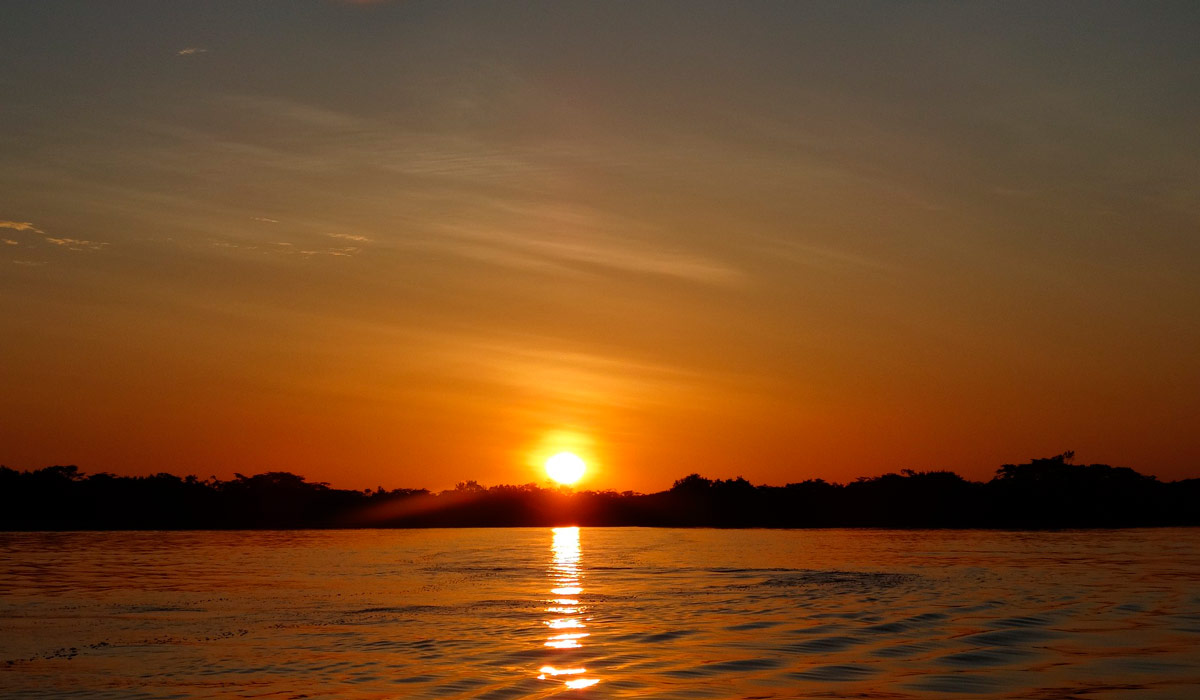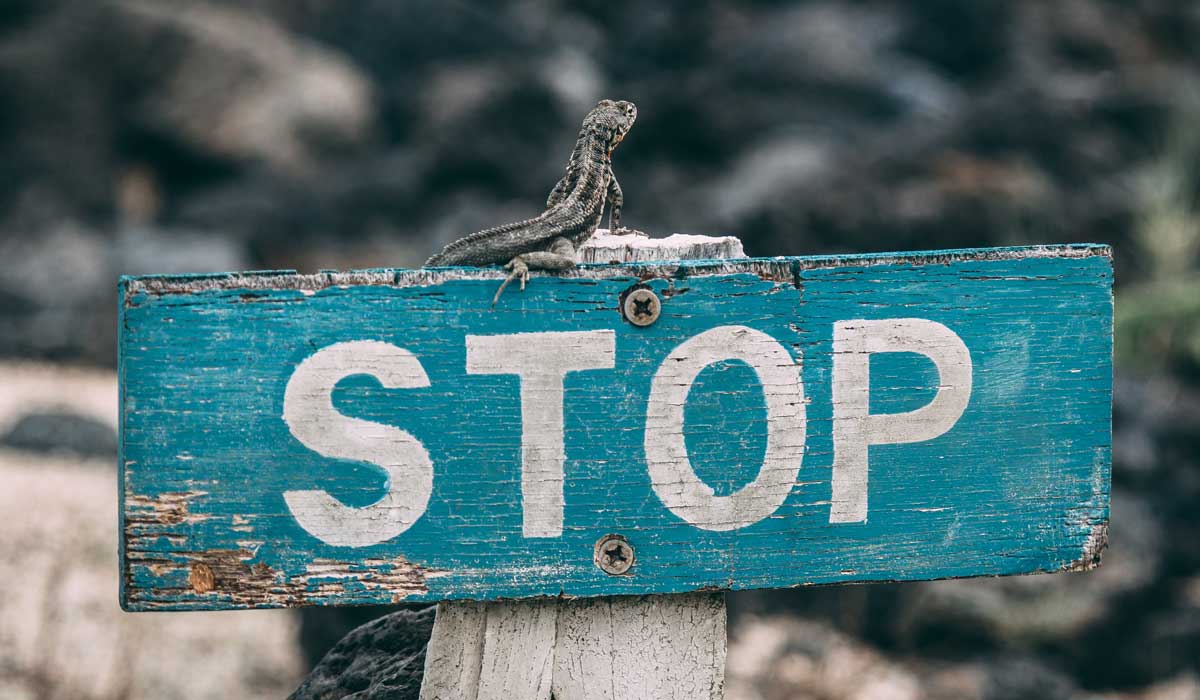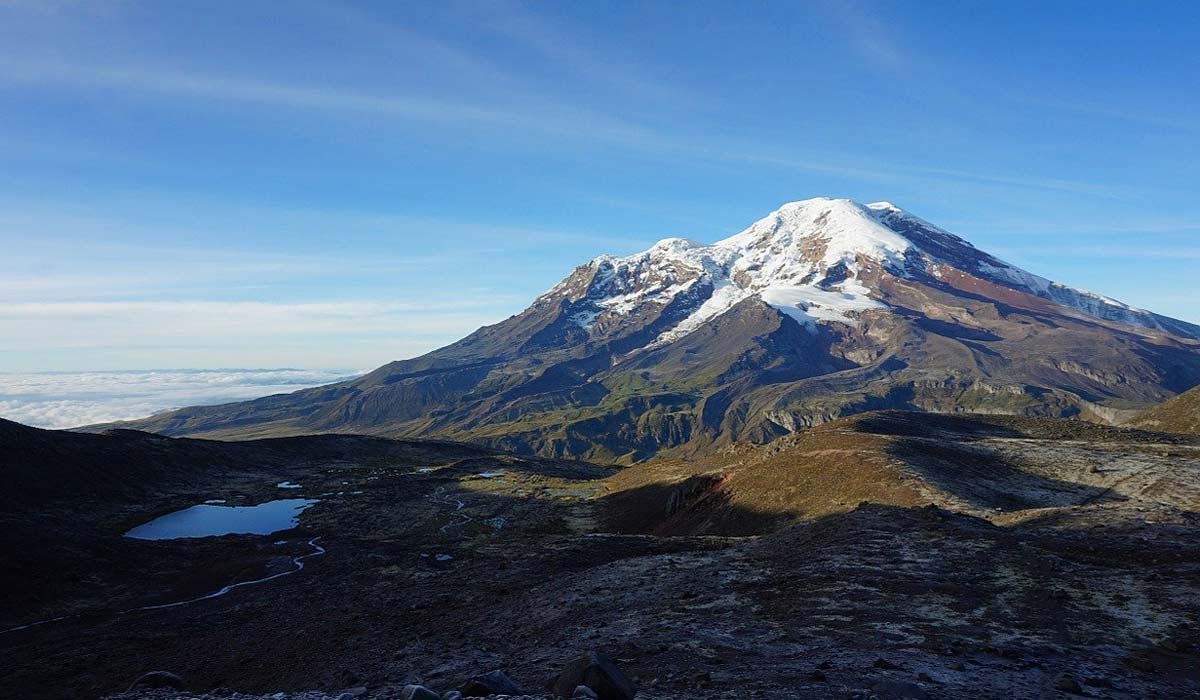This post is also available in:
 Español
Español
- 1 Where is Cuyabeno?
- 2 What differentiates the Cuyabeno Reserve from the rest of the Amazon parks?
- 3 Best options to get to Cuyabeno
- 4 What to take to Cuyabeno
- 5 The origin of the Cuyabeno Reserve
- 6 Fishing in the Reserve
- 7 Indigenous people in the Cuyabeno Reserve
- 8 The climate of the Ecuadorian Amazon
- 9 Mosquitoes in the Reserve
If you’re traveling to Ecuador, visiting the Cuyabeno Reserve is surely on your agenda. That’s why today we tell you everything you need to know before heading into the Ecuadorian Amazon jungle.
But, first a recommendation, this Reserve can be visited in 4 or even 7 days. We recommend the 4 days tour in the Cuyabeno Reserve, so you can enjoy life in this paradise.
Are you ready, let’s get started!
Where is Cuyabeno?
The Cuyabeno Reserve is located in northeastern Ecuador and is one of the most biodiverse places in the world next to Yasuní National Park.
So, it’s not surprising that you might want to take one of the tours of the Cuyabeno Reserve and also visit Yasuní National Park, given the proximity of the two.
What differentiates the Cuyabeno Reserve from the rest of the Amazon parks?
Entering the Cuyabeno rainforest is a unique experience. What sets it apart from the rest of the Amazon regions (Venezuela to Bolivia) are the narrow rivers.
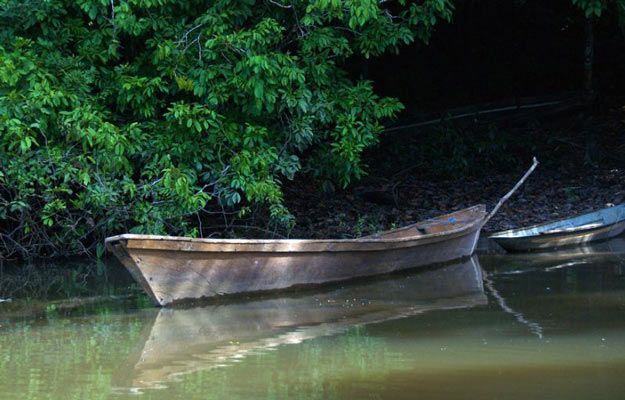
The banks are close to each other and give the sensation of being even more in the middle of the jungle. Likewise, the rivers provide beautiful illumination to be able to observe the trees.
So, Cuyabeno offers you to see the flora and fauna of the Ecuadorian Amazon in a unique way 🙂
Yes, to walk through the reserve you have to know what to bring to the jungle to be well prepared.
Best options to get to Cuyabeno
If you want to go, it is necessary to book a tour to the Cuyabeno Reserve in order to have a safer transportation and an unforgettable experience. We pick you up from Lago Agrio airport or Hotel D’Mario.
You can go to Cuyabeno by land transportation, water, air and their possible combinations. If you already read the how to get to Cuyabeno from Quito and Guayaquil you will have more idea and all the necessary information to get to this reserve.
What to take to Cuyabeno
In our post what to bring to a rainforest we explain everything you need to bring in your backpack (clothes, utensils, food…) to live your best experience.
Yes, in Cuyabeno National Park you can’t miss your binoculars or binoculars. You will need them to be able to enjoy the birds and small mammals that may escape our sight.
It’s best to bring one per person. Sharing binoculars in the middle of the jungle can be quite an art.
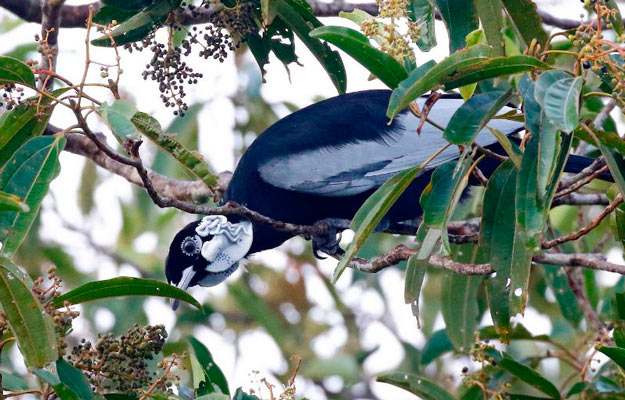
On the other hand, Cuyabeno stands out for its fauna. In the post what animals you can find in the Reserve you will discover all kinds of endemic species and which is the most famous in the park.
As a curious fact, the park recorded approximately 580 different species and the number continues to increase. Without a doubt, binoculars will be your best friend.
The origin of the Cuyabeno Reserve
The Cuyabeno National Park is part of the national park system in order to protect the most important areas.
But at first, the FAO (Food and Agriculture Organization of the United Nations) wantedto do in Cuyabeno the same thing they were doing in Africa: hunt wildlife for the sale of hunting licenses.

And that is what was done, that is why the Cuyabeno Reserve was qualified as a “faunal production reserve”. It was thought that this would favor the country and the Siona indigenous people of the area.
Currently this area of the Amazon is just the opposite: ecotourism and breeding of endemic animals are encouraged, but not hunting.
How many twists and turns do life take, don’t you think?
Fishing in the Reserve
As we have commented before when Cuyabeno was a “wildlife production reserve” you could hunt and fish, it was allowed.
Currently, only indigenous people living in this protected area for personal use can hunt in this area. It seems that we are all animal friendly 🙂
Indigenous people in the Cuyabeno Reserve
The Siona are the indigenous community that inhabits Cuyabeno. There are several settlements along the river where about 400 people live.
These people were nomadic and were moving around based on hunting and fishing. Now it is settled in the reserve for about 50 years and is helped by NGOs to carry out projects such as having light with solar panels or drinking water with rain.
The climate of the Ecuadorian Amazon
Ecuador has a humid and tropical climate. Two seasons are very well distinguished: dry and wet. That is why the average rainfall in the Ecuadorian Amazon is around 3500-3200 mm and average temperatures are around 23-25ºC.
But what happens in Cuyabeno? This reserve is right on the equator, so it rains pretty much all year round. So the forests stay green and moist.
There are the best circumstances for the life of tropical plant and animal species, more so than anywhere else in the Amazon. This is the magic of Cuyabeno!
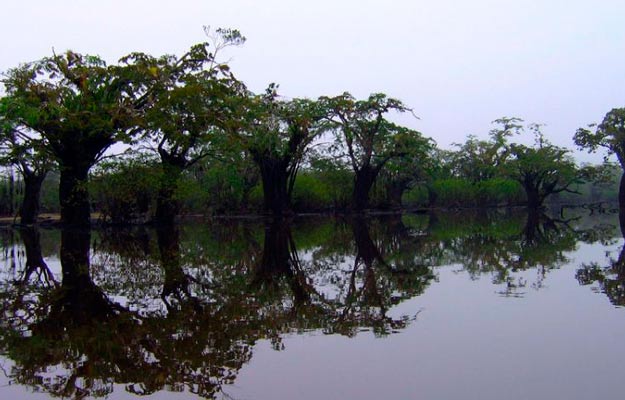
Mosquitoes in the Reserve
These insects are present in any rainforest. They will accompany you on the experience and are not something to be afraid of. You must know how to deal with mosquitoes.
While it is true that this animal can carry malaria, there are mosquito nets and mosquito repellent that will make your stay much more pleasant and safe 🙂
After all this information we hope you will be well prepared to visit the Cuyabeno Reserve. When are you going to live the adventure?



